On Details In Harrison County
Story & Photo by Melina Walling
Originally Published In the Cynthiana Democrat
My first impression after a week in Harrison County: this place brims with details, a
richness I never could have imagined.
The bright flicker of a bluebird as it flashes across the road. Fields dappled with purple
flowers. The dark grunts of cattle, twin shadows of buzzards overhead. Cigarette smoke
and lingering scents of beer and bourbon. At night, screams of insects and bullfrogs.
Raindrops smudging my notebook and beating sun baking into my shoulders. The white
moth dying slowly in my shower.
My name is Melina, and I am this summer’s Mary Withers Rural Writing Fellow at
Boyd’s Station, a nonprofit focused on documenting the people and places of Harrison
County. This fellowship represents a new experience for me; all my life, I have lived in
the suburbs. Big cities and farms are equally unfamiliar to me. I step off the subway in
New York City and mistake the Chrysler Building for the Empire State. I drive too slowly
on winding country roads.
Before the pandemic, when we needed something fun to do, my mom and I would drive
down the road to the second-largest mall in America and browse racks and racks of
clothing that stretch on for over a mile. When the pandemic hit, we did even less. We
walked the same five cul-de-sacs over and over. We watched TV, hours and hours of it
(an entire season of America’s Next Top Model in two days).
Scholar Marc Augé calls suburbs “non-places.” After a year spent in the suburbs, I felt
that his description was more applicable than ever. I wanted to leave the hollowness of
non-places behind. I wanted to come to Harrison County because I craved a connection
to place.
I found that connection almost immediately. Here, every day, my body meets the land in
ways it never could before. When I walk through the fields, I use all my senses. I train
my eyes on the ground to dodge cow pies and let my nose alert me to the presence of
skunks. I feel the stickiness of sunscreen and bug spray and hear the rustling of small
creatures in the bushes.
I’ve done more new things in the last two weeks than I have in the last year. I learned
how to cast a fishing line, how to drink beer under the smoke of a bonfire. I’ve watched
people work with practiced hands at skills that were once completely invisible to me:
changing the twine in a hay baler, throwing corn out to the cows. And I’d never
understood how big cows are—how drool drips out of their mouths as they shake their
heads, how they vie for a place at the fence near the feed bucket.
The people, too, wear their details on their sleeves, and share them with a warmth I
have rarely experienced. A woman I’d just met described the yellow and purple bruises
that led to her son’s leukemia diagnosis. A farmer I’d just met showed me, with a jolt
that nearly threw me from the buddy seat, how the second and fourth gears of his
tractor have been getting stuck. A deacon I’d just met told me about growing up here as
a latchkey kid. He remembers exactly how the streets changed after the flood of 1997.
Here in Harrison County, where the details are so vivid, I hope not only to document
what life is like today, but also to understand how everyday details are changing. I want
to dig into Harrison County’s deep history, so unfamiliar to me as someone who has
never lived in the South. I hope to gain an intimate understanding of the farmland, so
vital to all of our existence, which changes every season and year. What will the farms
of the future look like? How will this land, once a buffalo hunting ground and a site of
historic battles, evolve over the next few decades?
I am here with an open mind, to hear stories and immerse myself in this community,
because I believe these details matter. I will certainly reveal my ignorance more times
than I’d like to this summer—I’ve already had to learn what “in hay” means, how big an
acre even is. But I feel driven by my curiosity and desire to learn. After all, this place,
where the earth is still not paved over with shopping malls and parking garages,
represents a vital part of the future we are all building together.
It’s wonderful to meet you, Harrison County, land of green hillsides and orange sunsets.
Or, as Boyd’s Station photo fellow James Year called it, “the land of long goodbyes.”
Here, people linger to talk long after they should have left, because there is just so
much to say. I am excited to hear and share your stories for the next three months. I
already have a sneaking suspicion that I will want to linger in my goodbye, too.
If you see me on the street, please stop me to say hello! And if you have a story idea,
contact, or lead, please reach out. My email is melzyorca@gmail.com.
And you can also find me in person—I’ll be spending lots of
time in the Boyd’s Station gallery on Pike Street, along with the photography fellows
Lily Thompson and James Year.
I look forward to meeting you soon.

